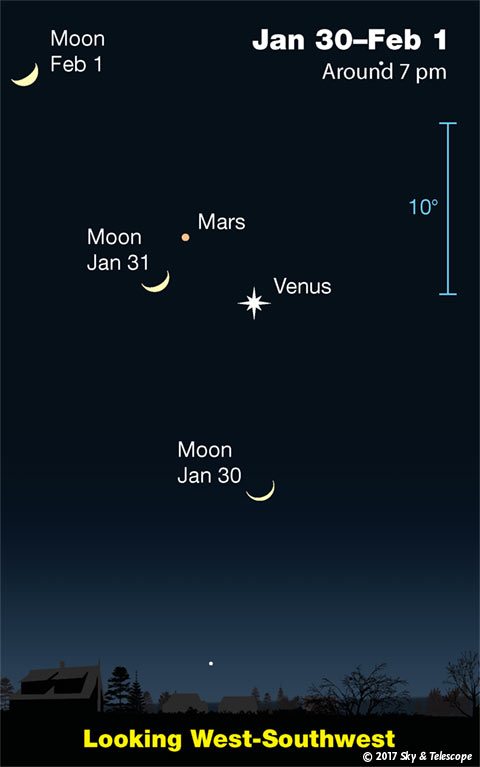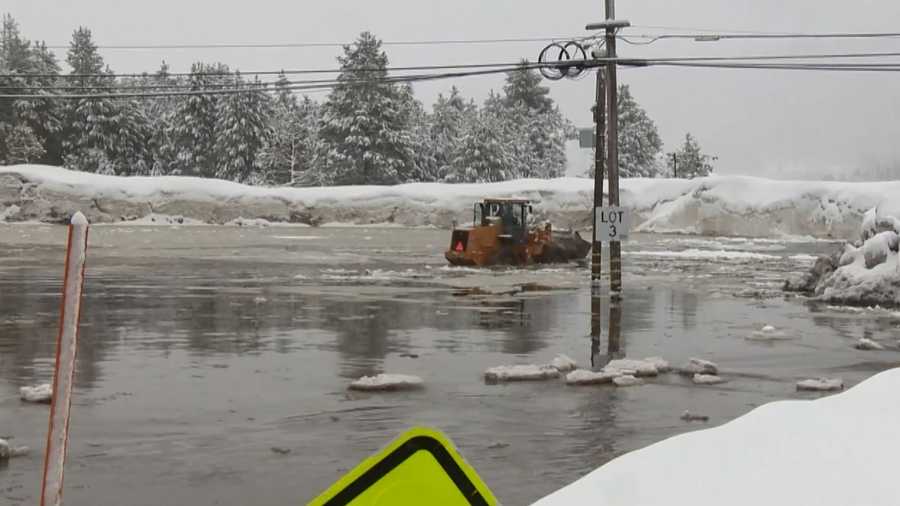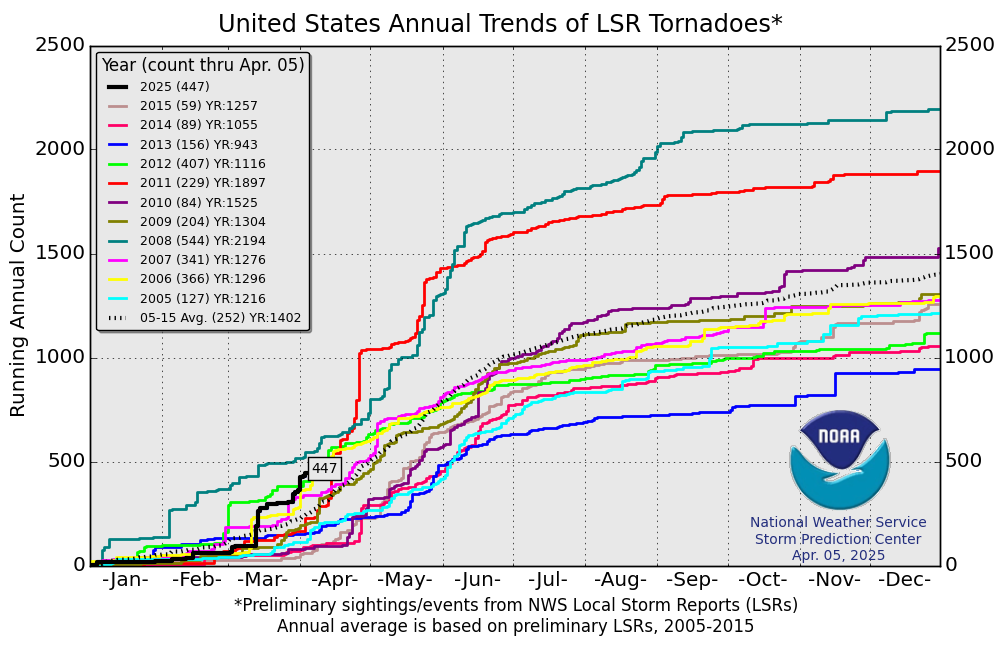I was walking my dog and wearing shorts Saturday evening. That is how mild it was in my neighborhood. Not too bad for the 3rd week of January.
In my forecast for January, I did highlight the 3rd week of January as being the 'thaw' period. But you know what? We have been in thaw mode for the past several days now.
After being confined to several days of below normal readings, including Arctic chill, earlier this month, we have bounced back in a large way. Temperatures for central Kentucky are now averaging between
6 and 9 degrees above normal for the month of January. That's impressive, considering that this normally is the peak period for the coldest temperatures of the winter.
Am I ready to say this could be a top ten warmest January for some of us?
Not yet. But, we still have today through Wednesday when temperatures will be averaging nearly 10 degrees above normal. That will keep most us in top ten warmest mode. How will the rest of the month fare?
For the most part, below normal temperatures will dominate the latter part of the month. However, it does not appear to be much below normal.
But here are the top ten warmest January's with the minimum entry required versus where we stand today.
Louisville....41.0 (41.0 as of today)
Lexington...40.7 (40.4 as of today)
Bowling Green 42.8 (44.3 as of today)
Is this just a regional fluke? Check out more temperature averages...
St Louis, MO (recent ice storm) 3.6 degrees above normal
Springfield, MO 5.7 degrees above normal
Chicago, IL 3.0 degrees above normal (includes a couple of zero degree mornings)
Milwaukee, WI 3.7 degrees above normal
Minneapolis, MN 1.5 degrees above normal (includes 7 mornings below zero)
Sault Ste Marie, MI 7.7 degrees above normal (and 20.7" snowfall this month so far)
Kansas City, MO 1.2 degrees above normal (includes 2 mornings at 0 or below)
Wichita, KS 2.0 degrees above normal (includes major ice storm)
Oklahoma City, OK 0.4 degrees above normal (yes, I know it doesn't sound like worth mentioning, but a morning low of -3 offset by a high of 79 just a few days later was indicative of how many swings in temperatures they received)
Little Rock, AR 4.4 degrees above normal
Huntsville, AL 11.1 degrees above normal
Chattanooga, TN 10.0 degrees above normal
Asheville, NC 7.6 degrees above normal
Harrisburg, PA 4.2 degrees above normal
I think you get the picture. Yes, we had winter in many of these places this month but was offset by a prolonged warm spell that has won out thus far.
I continue to blame the Arctic Oscillation, which has stayed neutral to positive since December. Long range forecasts keep the AO in positive territory through the first part of February.
Even though winter will make a comeback, Arctic temperatures do not look likely for the next 10-12 days. Snowfall for our region does not look promising, except the little nuisance snows that may provide some excitement based on what snows we have seen so far this winter. Believe me, it won't take much to get a back loaded winter after what we have experienced through the first half.
MS


